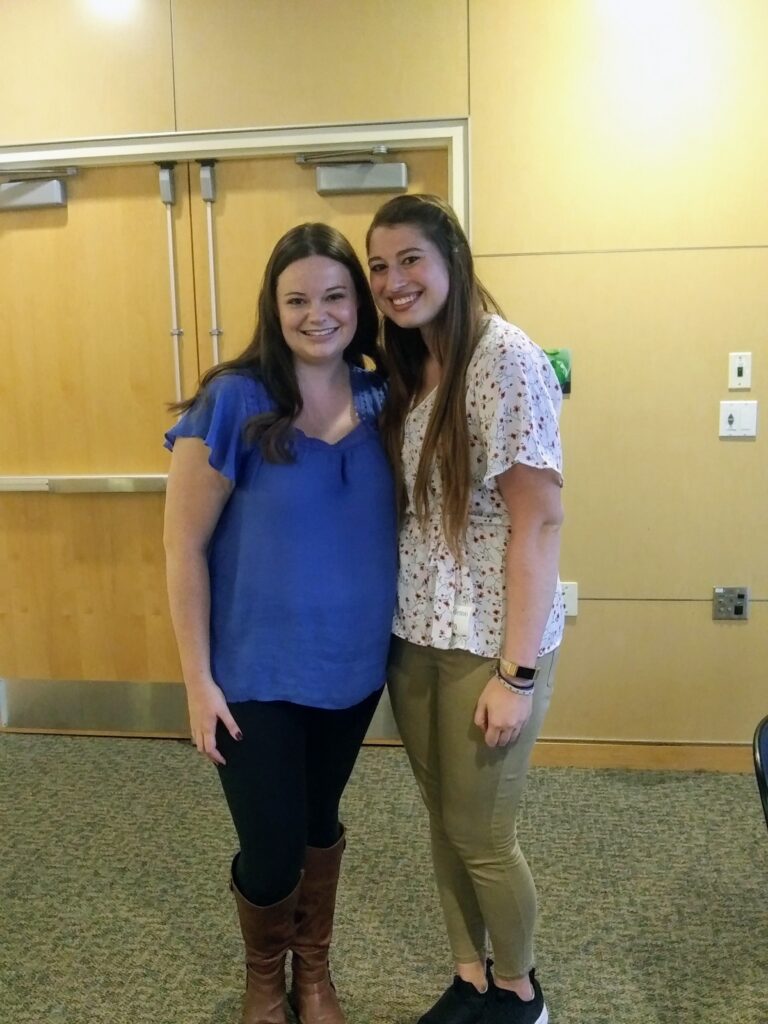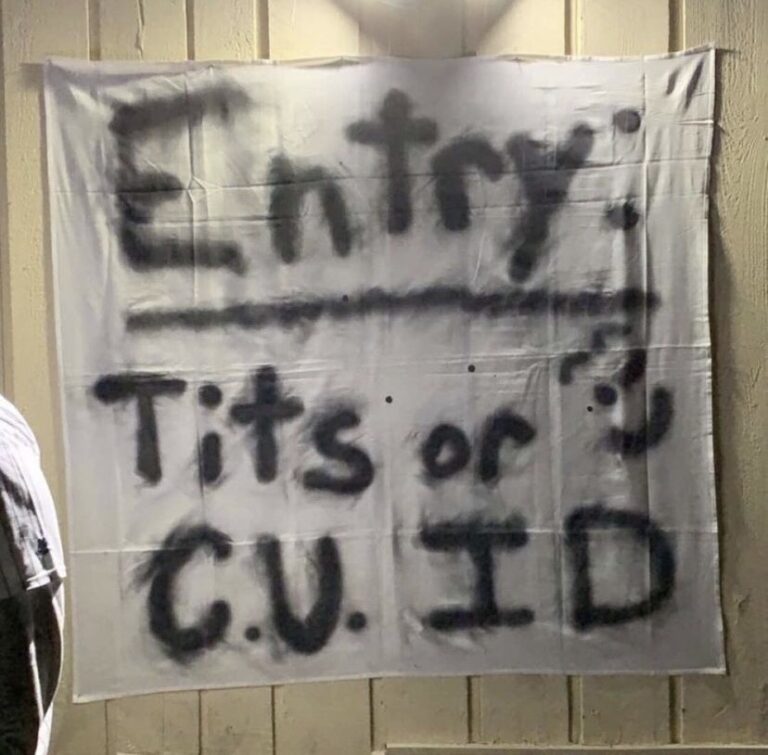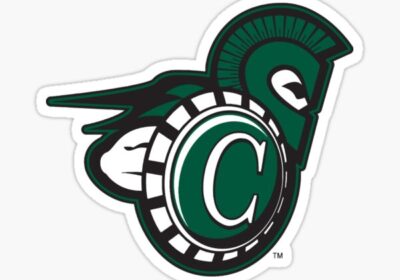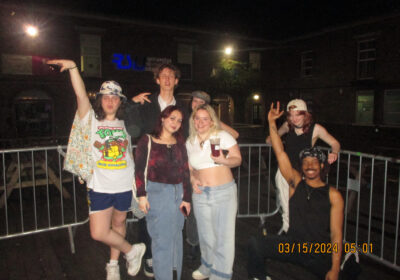A massacre never told
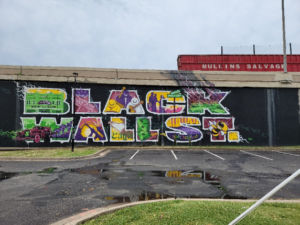
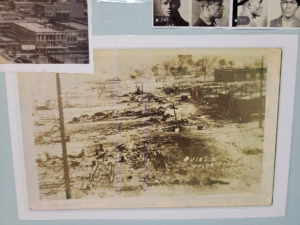
Last summer, I began watching a series on HBOMax called “The Watchmen.” Since I teach a section on social justice in my courses at Castleton, I had heard that HBOMax had shown a couple of episodes for free last summer because of the social justice content.
What I didn’t expect was to learn about a major event in the history of racial violence in the United States that I had not known – the Tulsa Race Massacre.
I couldn’t believe I knew nothing about the events in Tulsa, Oklahoma May 31-June 1, 1921. It was not in any of the history books I studied in school nor even in the texts on social justice I was using with my students. This new knowledge led me to want to learn more about the events so I could share that knowledge with others. I had the opportunity to visit Tulsa with my son on June 21, 2021.
The Greenwood District of Tulsa was an affluent African American community often called “Black Wall Street.” There were many black-owned businesses. Tulsa, however, was a generally white city.
For those of you unfamiliar with the Tulsa Race Massacre, you are not alone. However, it is another sad event in American race relations. Frequently called the Tulsa Race Riot, it was not a riot – but a massacre.
What I have come to learn is that on the day before the massacre, a young black man got into an elevator in a department store in Tulsa that was operated by a young white woman. According to the young man and later the woman, he accidentally stepped on her foot and she screamed.
He was initially arrested for assault of a white female. While he was being held at the sheriff’s office, a group of white men went there to lynch him. Local black military veterans went to protect him. The local officials deputized many members of the white mob, providing them with firearms. Shots were fired and the events got out of control.
Many black people were shot. Black-owned property was destroyed. Fires were set by the mob. White farmers flew their crop planes overhead, dropping kerosene bombs onto the buildings and people in the streets. After 24 hours of violence, more than 800 were injured, more than 300 black people were killed, and more than 1000 black-owned homes and businesses were destroyed.
The Oklahoma National Guard intervened to stop the violence, arresting the black members of the community. Thirty-five blocks were destroyed.
Tulsa newspapers focused on the two whites who were killed and lauded the mob.
Whether it was due to jealousy, Jim Crowe, or mob psychology, what happened is an undeniable part of American history. Even though Tulsa built a highway and a minor-league ballpark over part of the Greenwood District, there are still plaques that acknowledge the buildings that were destroyed. The AME church, where Tulsan black men, women, and children went for refuge, still stands today. The Greenwood Cultural Center preserves the history. A mural has been painted to honor Black Wall Street.
Before 2020-2021, these events were missing from general American and world knowledge. To acknowledge that this and other events happened is not anti-American or unpatriotic. Acknowledging that there has been and continues to be systemic racism challenges us to do better. Denying past or current events or not talking about them makes us more likely to repeat mistakes and to continue to oppress vulnerable groups of Americans. I for one do not want to see that continue. I hope that being aware of the good and bad in American history makes us better.
-Professor Michael Reeves

